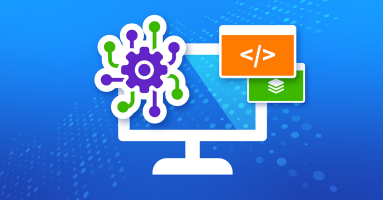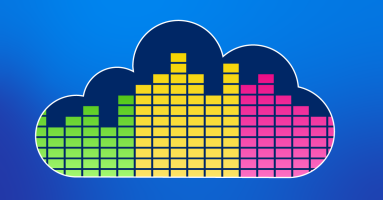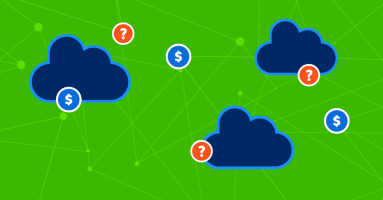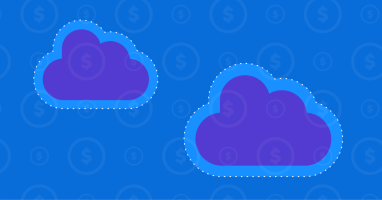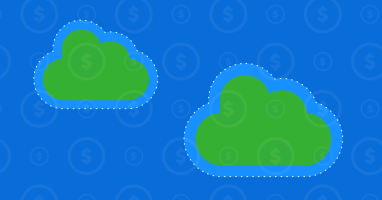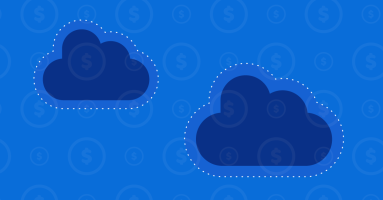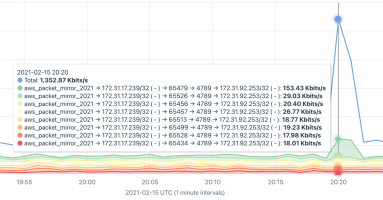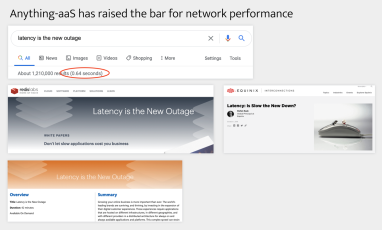Posts by Ted Turner
























Cloud network reliability has become a catch-all for four related concerns: availability, resiliency, durability, and security. In this post, we’ll discuss why NetOps plays an integral role in delivering on the promise of reliability.
True observability requires visibility into both the application and network layers. For companies reliant on multi-zonal cloud networks, the days of NetOps existing as a team siloed away from application developers are over.
Delivering on network reliability causes an enterprise’s data to become more distributed, introducing advanced challenges like complexity and data gravity for network engineers and operators. Learn concrete steps on how to implement cloud reliability and the trade-offs that come with it.
In the final entry of the Data Gravity series, Ted Turner outlines concrete examples of how network observability solves complex issues for scaling enterprises.
Cloud networks introduce a multitude of costs that can become challenging to predict. Learn how to implement a cost-aware infrastructure through maximum visibility in cloud networking.
In the second of our data gravity series, Ted Turner examines how enterprises can address cost, performance, and reliability and help the data in their networks achieve escape velocity.
With data sets reaching record scale, it is more important than ever for network operators to understand how data gravity is impacting their bottom line and other critical factors. Learn how network observability is essential for managing data gravity.
In this blog, we discuss how Kubernetes approaches networking, the gaps in networking from Kubernetes, and how Kubernetes service meshes address those gaps.
Kubernetes is a powerful platform for large-scale distributed systems, but out of the box, it doesn’t address all the needs of complex enterprise systems deployed across multiple clouds and private data centers. Service meshes fill that gap by connecting multiple clusters into a cohesive mesh.
Getting the most out of cloud networks requires new tools and strategies, captured in the idea of network observability. Read the final entry in our series on managing the hidden costs of cloud networking.
Companies considering cloud adoption should ensure that they take these valuable lessons into account to avoid hidden cloud costs.
Cloud architectures and their managed infrastructures keep personnel and networking costs down while promoting high-velocity software development, but there are hidden costs. Read the first post in our series on managing the hidden costs of cloud networking.
AWS announced support for VPC Traffic Mirroring to additional AWS instance types. The Kentik Network Observability Platform provides visibility and insights into AWS mirrored traffic.
Cloud solutions architect Ted Turner describes how Kentik Synthetics easily uncovers network-related latencies that often cascade into cloud application performance problems — DevOps teams take note.
Cloud Solution Architect Ted Turner describes a process of migrating all of applications to the cloud, and gives key takeaways as to how building your observability platform to understand both the application state as well as underlying infrastructure is key to maintaining uptime for customers.

